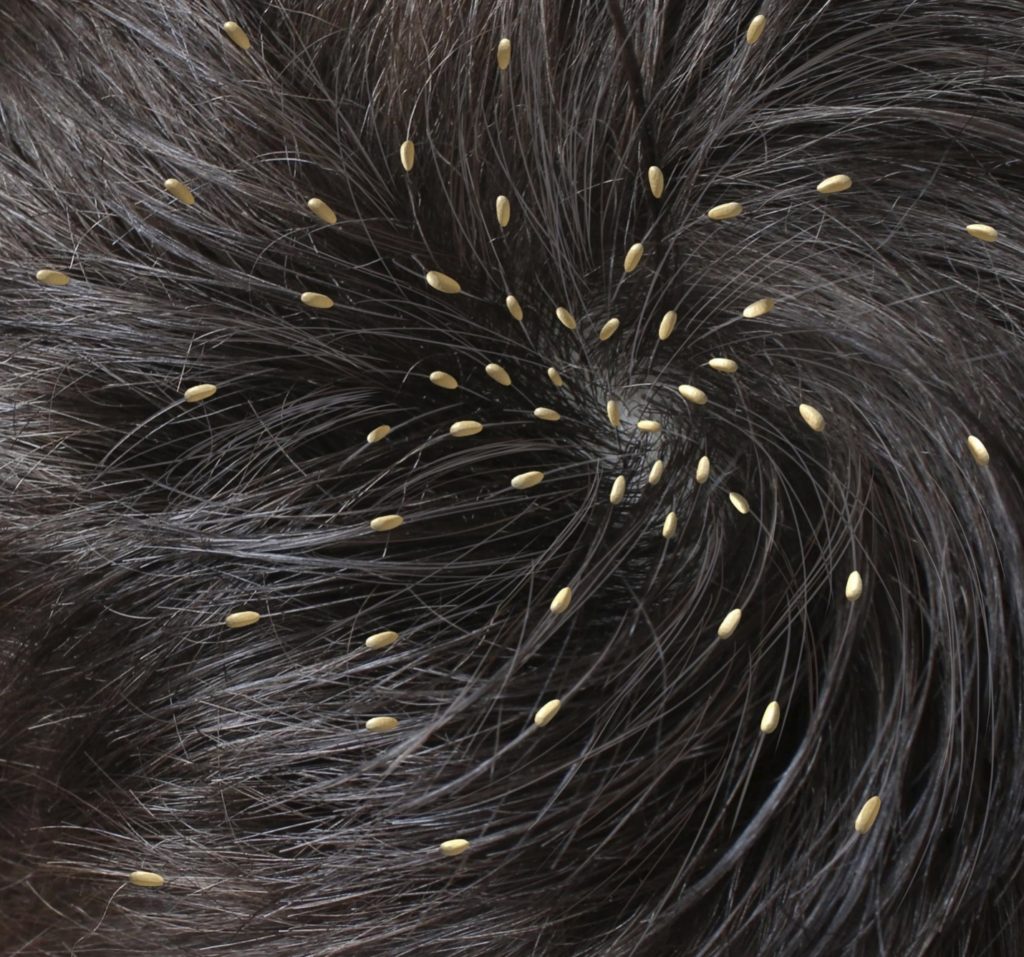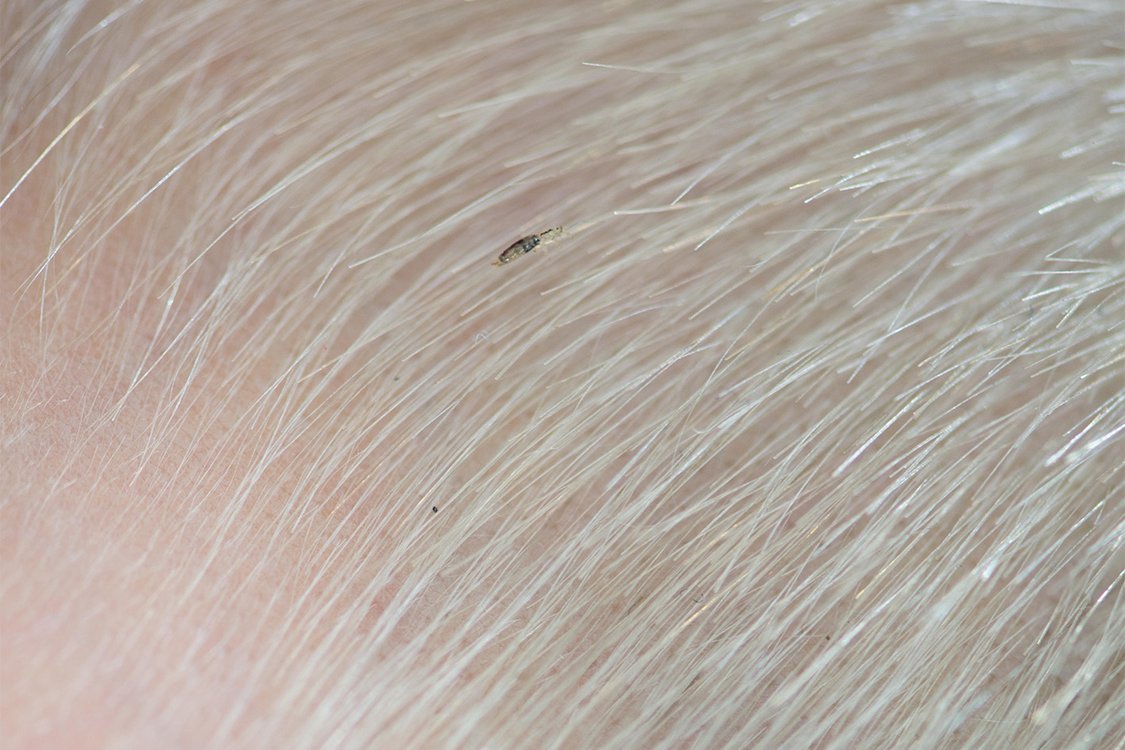Dead vs Live Nits: Color of Lice Eggs
Table Of Content

Nymphs look similar to adult head lice but are smaller, roughly the same size as a pinhead. Lice are tiny, wingless insects that feed on human blood. Lice spread from person to person through close contact and by sharing belongings. Similar to the deep “itch you just can’t scratch” feeling on the scalp, many people have the same feeling in the hairline near their ears and at their neck.
Hot Spots
You’ll find nymph and adult lice most commonly on the scalp around the back of your neck and ears. They might also live in your eyebrows or on your eyelashes. When fed, head lice can live for up to a month, but they will die within a day or two if they are not able to feed on blood. As distressing as it can be to hear that you or your child has lice, infestations are readily treatable. If using an over-the-counter lice killer (pediculicide), follow the instructions carefully and use a lice comb to remove any eggs attached to hair follicles.
Head Lice
If you or your child find only white or clear nits on the hair after a thorough check (no active lice or brown nits), your head lice infestation may have resolved. This is most likely if you’ve completed treatment and the nits are more than 1 centimeter (cm) from the scalp surface. If the options above don't work and you want to explore other treatments, it's best to talk to your doctor first. Head, body, and pubic lice are the three types of lice with different sizes based on type and different colors based on stages. General signs of lice include itchiness and nits or crawling lice in the affected areas, but other symptoms may vary depending on where the lice are located.
What Lice Look Like: Pictures of Head Lice (Lice Color, Size, and More)
You might develop sores or red, raised bumps on your scalp from scratching your head without realizing why you are itchy at first. If a friend or family member shares your comb or scarf, the head lice can crawl onto the new host and lay eggs, spreading the infestation. Household pets and other animals do not spread head lice to humans. Head lice feed on blood and therefore stay close to the scalp where there is an abundant supply of food. After the nits hatch, they move from the hair shafts to your scalp to find sustenance.
Even if just one nit or adult louse is found, treatment is advised to reduce the threat of a full infestation. Other symptoms that alert you to a case of head lice include a ticklish feeling on your head, especially at night. The head louse is a nocturnal creature and is more active in the dark than during the light of day. Regular head lice and super lice look and act exactly the same; the only difference is that super lice will not die using traditional treatments.
Your Family's Health: Coping With Head Lice - ABC News
Your Family's Health: Coping With Head Lice.
Posted: Mon, 25 Jan 2010 08:00:00 GMT [source]
The best thing to do is to kill and remove all lice bugs and lice eggs in one session. That's how lice professionals like myself get rid of lice and that's what you'll do with the step-by-step video system. If you or your child receive a diagnosis of head lice, know that the infestation is common and treatable. Lice don’t spread very easily or transmit other illnesses. A doctor may recommend treatment with a two-step lotion or shampoo and a combing routine to kill lice and remove nits. These tiny, wingless insects, and their eggs, called nits, that camouflage on the hair shaft, are very difficult to see.
What Color Are Lice Eggs?

Head lice are wingless insects roughly the size, shape, and color of a sesame seed. You may also see lice eggs (nits), which appear as dandruff-like flecks on the hair shaft. Lice eggs, also known as “nits,” are one of the first signs of a head lice infestation. Lice lay between six and ten of these nits in the hair every day, and it adds up quickly. Nits are often mistaken for dandruff or dirt in the hair because they are small and their shiny appearance can make them look white.
Head lice, or Pediculus humanus capitis, are long and thin. They live close to the scalp and attach to a person's hair shaft. Children and adults can be affected by a lice infestation.
People with black or dark hair have much better time of spotting these nasty pests. An adult louse only lives roughly a month, or 30 days, while on a human head. If the lice fall out or are somehow removed, then they can only last 1-2 days away from the scalp.
People may be able to remove hair casts with coal tar shampoo or a fine-toothed comb. I’ve cured thousands of people of lice in my lice center and let me tell you, I don't do it with over-the-counter lice treatments. Each time lice feed on your blood, a small amount of their saliva shoots into your scalp.
Head lice may also spread when items of clothing are stored together. For example, hats or scarves hung on the same hook or stored in the same school locker could serve as vehicles for spreading lice. Our experts continually monitor the health and wellness space, and we update our articles when new information becomes available.

Nits are stationary, about the size of a sesame seed, and are found close to the scalp. Unlike head lice that quickly scatter, lice eggs are easier to find. Once they are laid near the hair shafts, they stay firmly attached to the strand of hair on which they are laid until they hatch. Lice are frequently discovered on the scalp and sometimes on the skin. These minuscule, wingless insects, measuring approximately 2-3 millimeters in length, can be found in both areas. They do not have wings but have six short legs with claws for gripping hair strands.
You can't determine whether or not lice eggs are dead by their color. As explained before, lice eggs that are "hatched" are white/translucent, whereas lice eggs that have not hatched yet will be golden, brown, or black. Once lice eggs are hatched they are translucent/clear in color. For those with dark hair, like the picture above, those eggs appear white in the hair.
If they have live adult lice, you'll need to use a prescription or over-the-counter (OTC) treatment to kill them. You may need to repeat these steps until all the lice are gone. This article has pictures of what head lice look like. You will learn how to tell if your child has live lice or just lice eggs. Once you know for sure that your child has lice, you can get treatment. If you place a nit on a white paper towel and take a closer look, you will see that many nits are two-toned--often a golden brown with a dark brown circle inside.
The types spread in different ways but are all treatable and preventable. See a healthcare provider if you have lice symptoms but don't see any lice or if you have problems with lice treatment. Part of the reason that head lice are so difficult to spot early on and difficult to get rid of is that they are able to camouflage easily on the strands of hair. In light hair or blonde hair, it is easier to spot the nits than in darker hair. The lighter color of the hair provides a bit more of a contrast to the brownish-colored nit.
Comments
Post a Comment